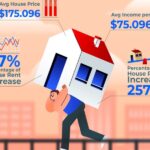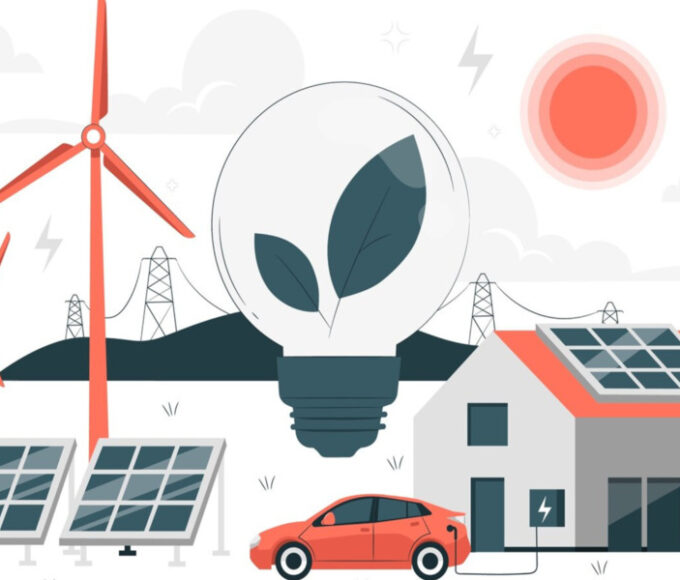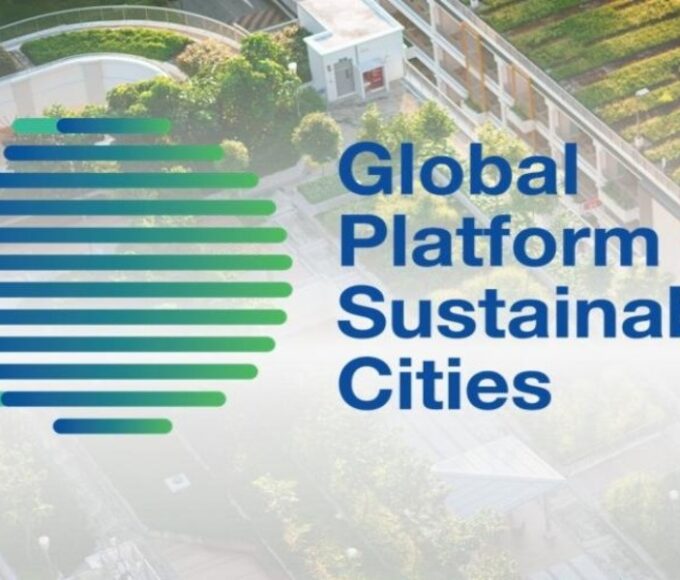Real Estate in Focus: 2025 Trends to Watch
As we move into 2025, the real estate market is poised for continued evolution, shaped by shifting demographics, technological advancements, economic factors, and societal trends. The impact of the COVID-19 pandemic and its aftermath will still be felt, influencing buyer preferences, market dynamics, and investment strategies. Here’s a look at the key real estate trends to watch for in 2025.
1. Continued Demand for Suburban and Rural Living
One of the most significant shifts in real estate over the past few years has been the movement from densely populated urban areas to suburban and even rural locations. In 2025, this trend is expected to continue as remote work and hybrid work models remain common for many industries.
More individuals and families are seeking homes with larger spaces, private yards, and a quieter environment, making suburban and rural areas particularly attractive. Additionally, with the rising cost of living in major cities, the affordability factor is pushing buyers to consider less urbanized areas, where they can still enjoy access to amenities and more space for the same price.
2. Housing Affordability Remains a Concern
The issue of housing affordability is unlikely to disappear in 2025. Despite efforts to increase the housing supply, home prices and rents have remained high in many markets, particularly in desirable cities and regions.
In many parts of the U.S., the gap between home prices and median income is widening, making it increasingly difficult for first-time buyers to enter the market. Zillow predicts that while home prices will stabilize in some regions, overall affordability will remain a significant challenge for many buyers, particularly in highly competitive urban centers.
3. Technological Advancements in Real Estate
The real estate industry is embracing technology at a rapid pace, and by 2025, digital transformation will have a far-reaching impact on the market. Virtual tours, AI-powered home valuations, and advanced search filters will become even more sophisticated, helping both buyers and sellers make informed decisions faster and more efficiently.
Additionally, smart home technologies will become more integrated into real estate transactions. Homes featuring energy-efficient systems, automated lighting, and security features will be highly sought after by tech-savvy buyers who prioritize convenience and sustainability.
4. Green and Sustainable Real Estate
Sustainability is no longer just a buzzword—it’s a core consideration in real estate. As environmental awareness grows, both residential and commercial property buyers are becoming more conscious of energy efficiency, eco-friendly construction practices, and sustainable materials.
In 2025, green building standards are expected to continue gaining momentum, with an increasing number of homes incorporating solar panels, energy-efficient windows, and smart thermostats to reduce energy consumption. Commercial properties, too, will prioritize LEED certifications, green roofs, and sustainable design features to attract tenants and investors focused on sustainability.
The growing demand for sustainable real estate is driven by both consumer preference and regulatory policies that encourage green practices. Investors are increasingly looking to fund projects with long-term sustainability in mind, offering new opportunities for eco-conscious developers and buyers.
5. Rise of Build-to-Rent (BTR) Developments
Build-to-rent (BTR) developments, which cater to the growing demand for rental properties, are expected to increase in popularity by 2025. These developments provide a solution for buyers who are unable to purchase homes due to high prices, offering high-quality rental properties with amenities similar to those found in owner-occupied homes.
With a focus on long-term rental agreements and premium amenities, BTR properties are attracting institutional investors, particularly in growing cities where housing supply is constrained. These developments are also well-positioned to meet the demand for single-family rental properties, which are becoming increasingly popular among renters looking for space and privacy without the responsibilities of homeownership.
6. Urban Revitalization and Mixed-Use Developments
Urban areas are expected to continue undergoing transformation as cities adapt to post-pandemic realities. Urban revitalization projects are likely to gain momentum, with mixed-use developments becoming a common feature.
These developments, which combine residential, commercial, and recreational spaces, are designed to create walkable communities that promote convenience and quality of life. As more people seek proximity to work, dining, and entertainment, mixed-use developments will provide an attractive solution for both buyers and renters.
Revitalizing underdeveloped or underutilized urban areas, especially near transportation hubs, will become an essential strategy for local governments and developers seeking to combat housing shortages and economic stagnation.
7. Commercial Real Estate Adjustments
The commercial real estate (CRE) market, particularly office and retail spaces, is expected to face continued challenges in 2025. With the rise of remote and hybrid work models, demand for traditional office spaces has decreased, leading to higher vacancy rates in many urban centers.
However, the shift doesn’t spell doom for CRE. In fact, the sector is likely to evolve as businesses and property owners adapt to new needs. Offices that offer flexible workspaces, collaborative areas, and tech-driven features will be more desirable to tenants, while commercial properties located in suburban areas or smaller cities may see increased demand as businesses opt for cheaper alternatives outside of high-cost metropolitan areas.
Similarly, retail spaces will continue to feel the pressure from the growth of e-commerce. However, retailers with physical storefronts that provide unique experiences, customer service, and pick-up options may remain competitive, particularly in high-traffic areas.
8. Global Influences on U.S. Real Estate
Global economic factors will also influence the U.S. real estate market in 2025. Investors from abroad, particularly from countries with strong economies and favorable exchange rates, will continue to look for opportunities in U.S. real estate, particularly in prime locations such as New York, Los Angeles, and Miami.
International investors are drawn to the stability and potential for long-term returns in the U.S. housing market, despite global uncertainty. The competition for luxury properties, as well as multifamily and commercial investments, could increase as foreign buyers seek to diversify their portfolios.
Conclusion: A Dynamic Real Estate Market in 2025
The real estate landscape in 2025 will be shaped by several interwoven factors, including shifting buyer preferences, economic conditions, technological advances, and sustainability concerns. Whether you’re a homebuyer, seller, or investor, adapting to these emerging trends will be key to making the most of the evolving market.
Buyers will need to be strategic about affordability, location, and home features, while sellers should focus on meeting the demand for sustainability and smart technologies. Developers and investors will play a significant role in shaping the future of real estate, particularly as the industry continues to innovate and evolve.
Overall, 2025 promises to be an exciting year for real estate, with significant opportunities for those who are well-prepared and responsive to changing market dynamics.
Visit Latest Interviews
Recent Posts
Related Articles
Why You Should Think About Your Domain Extension Before You Think About The Name?
Think of your domain extension like a surname—it wraps up your web...
ByGlobal Leaders ViewAugust 19, 2025Germany’s ‘Energiewende’ Initiative: A Vision for a Sustainable Future
Germany’s ambitious energy transition, known as the Energiewende, aims to shift the...
ByGlobal Leaders ViewJanuary 27, 2025Global Platform on Sustainable Cities Established
In a groundbreaking move toward addressing the challenges of urbanization and climate...
ByGlobal Leaders ViewJanuary 27, 2025Singapore’s Green Urbanism Initiatives
Singapore, known for its modern skyline and bustling urban environment, is also...
ByGlobal Leaders ViewJanuary 27, 2025















Leave a comment